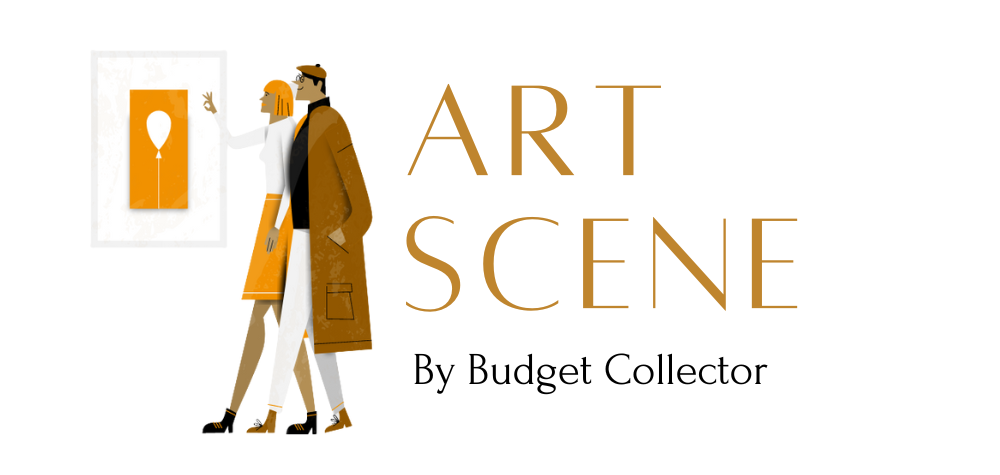Grass is Green
Defining color is something that is both intuitive and subjective. Personal perception, lighting, and physical surroundings can all play a part in how a person categorizes the colors of objects. And yet, gather a group of people together and they will all agree that grass is green and the sky is blue, despite the different shades of color within those. So, as a team who wants to analyze trends in colors over time periods and regions, how can we take all the nuisance and variation of color to train a machine to perceive color? The key is translating color into quantifiable data.
Hue, Saturation, and Value
Translating color into quantifiable values has been an ongoing process for hundreds of years. In an effort to gloss over hundreds of years of theory and nuance, , I will boil down color theory to the fact that color is only perceived because of light and that there exist different levels of saturation, hues, and lightness, or values, within color. Oftentimes, representing the hue, saturation, and value (HSV) takes the form of a 3D cone, like the one shown in Figure 1 [1].

Each wedge of the flat surface represents a hue (red, green, blue, etc.). As you travel from the top of the cone towards the point, the color’s value decreases, culminating in near black. The exterior circumference of the cone has the colors with the highest saturation, and as you move to the interior of the cone, the saturation diminishes, resulting in near-white.
But how does this relate to what a computer does with color? The most common method for storing and displaying color with technology is to use a mix of values that represent Red, Green, and Blue (RGB). By assigning a value between 0 and 255 for each color, computers can display vast shades and variations of color and successfully achieve a beautiful spectrum for our eyes to feast on. So why then, did I introduce the complex visualization of the HSV cone? Well, as much as RGB can display all the requisite colors to satisfy our visual needs, it doesn’t help with the intuitive grouping of like colors.
Perhaps, we might think, that colors with high values in the Green field are good for defining the color green. But what then, should we do when the values of Blue are also high? And where should the cutoff be to help define when a value is large enough? By converting RGB values into HSV, we can instead focus on a wedge of the color cone. For instance, if we select a range of Hue values that represent
green, we are also including all the different levels of saturation and values for the color green.
Finding Similarities Between Color
How is categorizing color useful? As advances in machine learning technology continue, it is being applied to various industries to generate insights that might have gone undetected before.

Download the App
Inspired Me
“The app inspired an artistic part of me that’s always been there but hasn’t been tapped into for quite some time.”

Nini Amerlise
Winner of Supermodel CanadaChallenges Snobbish Ideals
“This innovative use of technology challenges the snobbish idea that only the rich can afford great art by helping anyone learn how to confidently and affordably bring the power of beauty into their lives.”

Sean Latham
Zarrow Center DirectorDiscover Yourself
“It’s fun. It helps you discover something about yourself and gives you an idea of what speaks to you.”

Nicole Mölders
Alaska, USA study conducted in 2015 dove into quantifying the similarities of colors based on their HSL values (a variation of HSV) and then used that method to evaluate paintings by various artists. The study was attempting to find similarities in the colors used by artists or in artistic movements and match it with the cognitive recognition by human participants [2]. The study found that quantifying color in such a way allowed the created algorithms to align more successfully than previous studies with human perceptions of color. The cognitive resonance achieved by the studies algorithms was previously more dissident when using the traditional method of RGB.
Building upon the discoveries found in the 2015 study, our team is hoping to use the knowledge that HSV can help us achieve a better method for grouping color to analyze trends. As we continue to dive deeper into understanding how to speak to computers about color and apply that knowledge to art analysis, we will be able to better capture the nuance of color and perhaps uncover a greater understanding of how color reflects the expression of an artist’s surroundings and time period.
Resources & Acknowledgments
Header artwork courtesy of the Chicago Art Institute – Haymaking at Éragny by Camille Pissarro
[1] Erdoğan, Kemal & Yılmaz, Nihat. (2014). Shifting Colors to Overcome not Realizing Objects Problem due to Color Vision Deficiency. 10.15224/978-1-63248-034-7-27.
[2] Falomir, Z., Museros, L., & Gonzalez-Abril, L. (2015). A model for colour naming and comparing based on conceptual neighbourhood. An application for comparing art compositions. Knowledge-Based Systems, 81, 1-21. https://doi.org/10.1016/j.knosys.2014.12.013
More About the Authors
Melissa Connelly –
https://www.linkedin.com/in/melissanconnelly/
Si Hong Lu –
https://www.linkedin.com/in/sihong-lu/
Bryan Tan Wei Yoong –
https://www.linkedin.com/in/twyb









